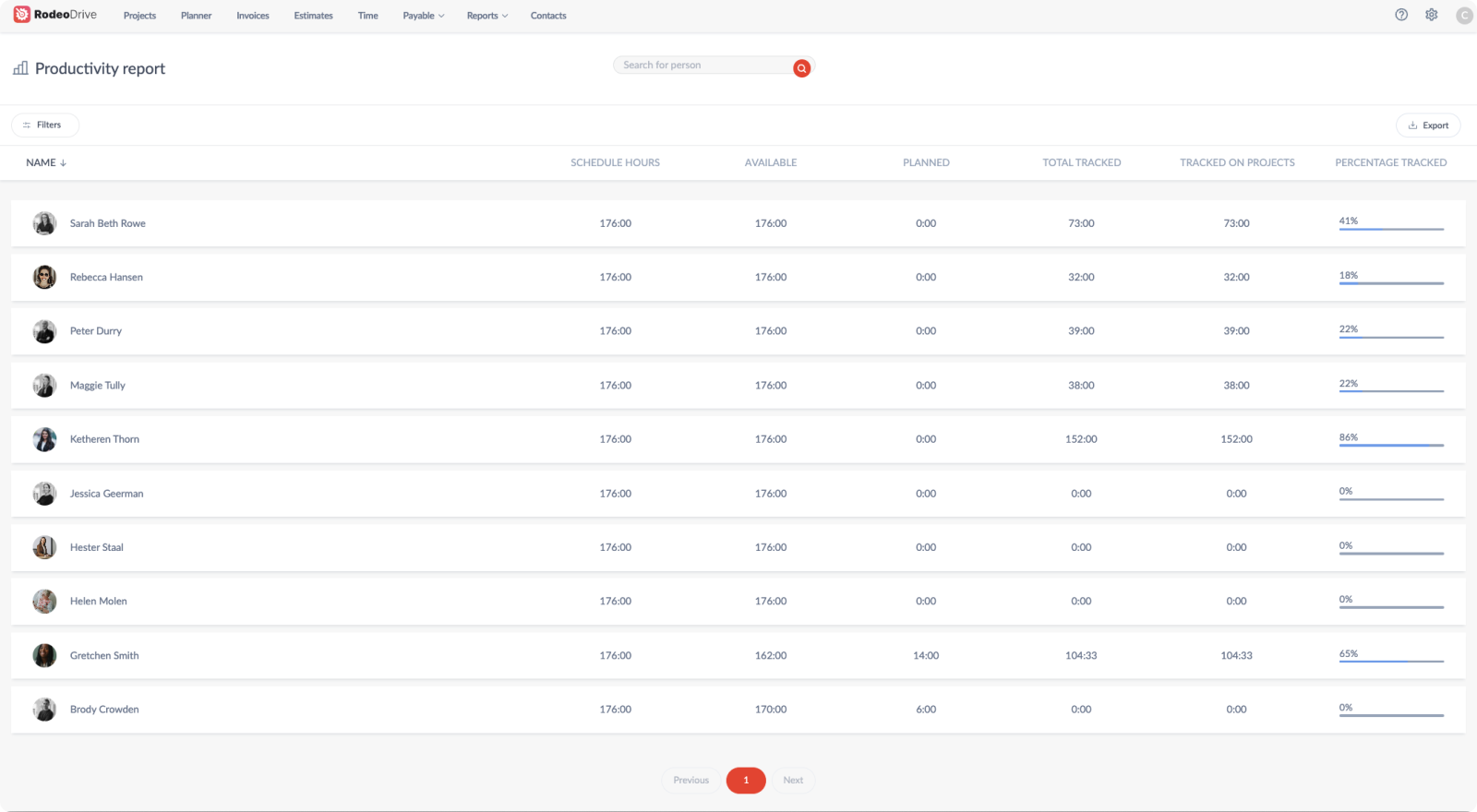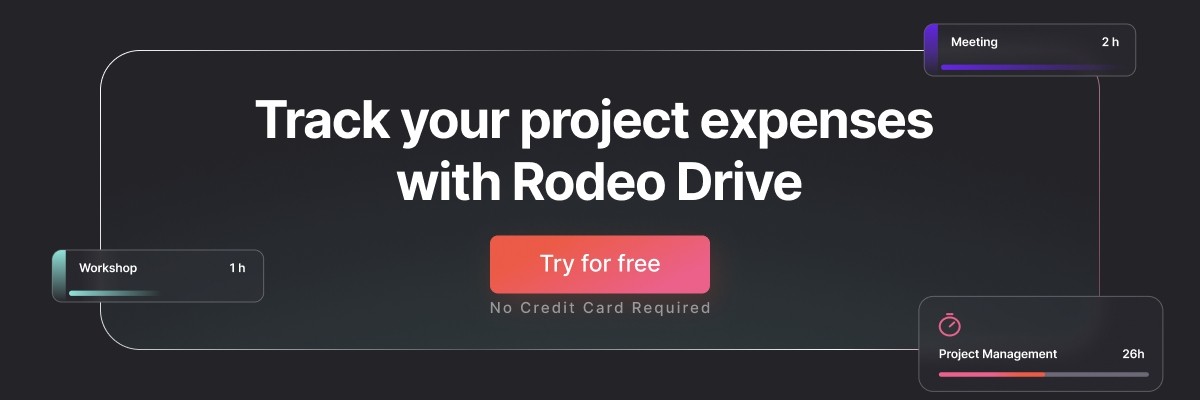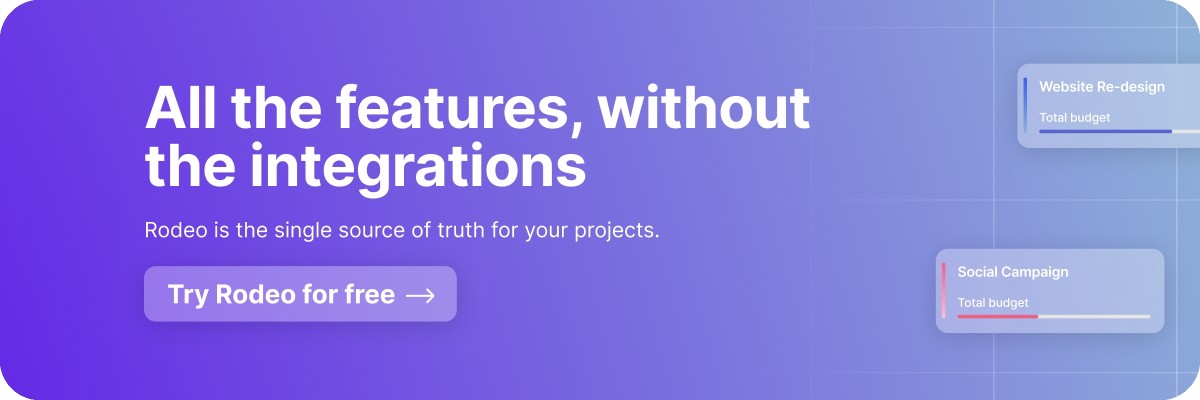How to Boost Project Success With Earned Value Management (EVM)
Measuring project performance can be tricky without a structured approach to guide you. This is why many project managers turn to earned value management (EVM), which is a technique that helps you accurately monitor your project’s costs and timing.
In this blog, we’ll break down the pros and cons of earned value management and introduce you to the right terminology and formulas to get you started in the right direction.
So, what is earned value management?
Earned value management is an approach to projects that helps project managers quantify their team’s performance and understand how the work they’ve completed measures up to baseline expectations outlined in their project plan.
By keeping a close eye on your team’s performance using EVM, project managers are able to identify issues that are causing projects to fall short of expectations and create more accurate project estimates of spending and schedules along the way.
Related: Benchmarking in Project Management: Definition, Approaches, and Best Practices
Benefits of earned value management
Earned value management can be a helpful technique for project managers looking to keep a close eye on how their project performance impacts their ability to deliver projects on time and within budget.
But beyond the inherent benefits that come with project performance tracking, EVM has a couple of other advantages as well:
1. Emphasizes the need for building well-planned budgets
Starting out with a well-designed project budget is absolutely essential for proper earned value management. Many of your calculations — such as earned value and planned value — rely on a solid budget estimate for proper measurement.
Budgets can be calculated in several different ways, being bottom-up and top-down among the most commonly used ones. However, taking the time to evaluate which budget approach is best for your project will certainly prove beneficial later on. Some projects are successful with a top-down budget, whereas others require bottom-up budgeting, for example.
There’s a lot that goes into building a sufficient project budget proposal or estimate, but it’s important to spend time thinking through the ins and outs of your project spending beforehand to ensure that your budget will be feasible enough to stick to.
2. Provides an extra push for proper time and expense tracking
When your team’s progress is being evaluated according to numerical metrics, it’s easier to motivate your team to stay up to date on their time and expense tracking.
Some teams struggle with keeping their time tracking updated in real time. Knowing that an incorrect earned value estimation is around the corner if your team’s data isn’t properly recorded provides an extra incentive to keep your projects organized and up-to-date. Adopting a performance reporting tool can also help solve this.
3. Allows for quick intervention when things veer off course
Earned value management helps you keep a handle on your finances, allowing you to immediately identify when things aren’t going according to plan. Having a way to easily calculate your earned value and actual costs allows you to catch whenever you’re spending more than you should be and quickly make adjustments.
This way, budget challenges your team faces at the beginning of the project won’t necessarily derail your team for the entire project life cycle.
Challenges of earned value management
Earned value management isn’t perfect when it comes to measuring the health of your projects. Like a lot of project management reports, the numbers themselves can lack context and may be misleading if your assessments aren’t built on accurate data.
That said, being aware of EVM’s shortcomings can make it much easier to navigate your team’s results.
1. Accurate project data must be readily available
The availability of accurate project data is perhaps the biggest challenge most teams face with regard to earned value management. If your data isn’t totally accurate, then your EVM results will be misleading or otherwise incomplete.

Long lead times for materials and equipment can cause issues with data accuracy, as sometimes project managers won’t know how much something actually costs until they receive the invoice. Basing your EVM off estimates may lead you to make decisions that aren’t based on reality.
2. Earned value doesn’t take quality into account
While EVM does measure your team’s performance, it falls short of measuring the quality of your team’s work. This means that your EVM calculations all assume that your project is of sufficient quality, which isn’t always the case.
So although your numbers might make it seem like your team is performing well, the quality of your work might tell a different story. And if a client is ultimately unhappy with your project outcomes, your earned value metrics won’t matter anyway.
3. Numbers lack context
Let’s say that your project has a negative cost variance, meaning it’s over budget. While this isn’t ideal, there might be more to the story of why this overrun occurred. Perhaps there was a shortage of a particular material, or a natural disaster made it more difficult than usual to access a certain resource the project required.
If this is the case, your budget might be on track for the rest of the project, but you wouldn’t know that by just looking at your CV calculation. This is one of the challenges with earned value management — your numbers might tell one story without context and an entirely different one with context.
If your stakeholders or clients are looking at your earned value figures as the sole way of gauging your project’s performance, then they might not get the full story.
Important earned value management terminology
Before you learn how to measure performance using the earned value approach, you’ll first need to learn some terms. The following represent data points that will be necessary inputs for the formulas we’ll cover later on in this blog.
Earned value (EV)
Your earned value represents the value of the work that your team has completed for the project. Your earned value at the end of your project will be equivalent to your budget for the entire project, whereas your current earned value is only totaled up until a certain point.
To calculate your earned value, you’ll need to know the project’s percentage of completed work, which you’ll need to multiply by the budget at completion:
Earned Value (EV) = % of work completed x Budget at Completion
Note that your budget at completion is simply the sum of all your budgets for a project, meaning it’s the total amount of money you expect a project to cost.
Planned value (PV)
Your planned value dictates what the value of your project should be according to where you are in the project timeline. Planned value can be found using this formula:
Planned Value (PV) = % of project completed x Project Budget
This means that if you’re 25% of the way through a project with a budget of $100,000, then your planned value is $25,000.
Actual cost (AC)
Your actual cost is the amount that’s been spent on project activities. This can be calculated at any point during the project, or at the end for a complete look at how costly the project ended up being.
There’s no real formula for calculating actual costs. You simply need to total up all of your team’s spending to land on your AC.
If your actual costs end up higher than you anticipated, implementing a stronger project cost management process can help.
Formulas to use for earned value management
When it comes to putting earned value management into practice, there are quite a few formulas you’ll need to know. The good news is, that many of them use the same variables, so as long as you have reliable project data, it shouldn’t be too hard to calculate.
EVM formulas can be sorted into two categories — performance indexes and variance analysis formulas. Your variance analysis calculations will tell you the exact cost or schedule difference between expectations and actual performance, whereas the performance indexes quantify your team’s efficiency.
Here are the main formulas you should know:
Cost variance (CV)
Cost variance is a calculation that illustrates how your team’s expected budget spending for a project compares to the amount that was actually spent.
A positive cost variance indicates that your project is under budget, whereas the opposite is true of a negative cost variance. Any CV result that’s near zero means you’re on budget.
There are a couple of different ways to calculate CV, depending on the context of your project. But teams following the EVM approach will want to utilize the following formula:
Cost Variance (CV) = Earned Value (EV) – Actual Cost (AC)
Schedule variance (SV)
Both cost variance and schedule variance are calculated to determine whether your project is playing out according to expectations. But while cost variance focuses on budget, your schedule variance is centered around the accuracy of your project timeline.
The schedule variance formula does this by subtracting your planned value from your earned value. This then shows you whether the value created by your project thus far is above or below expectations. Here’s the formula:
Schedule Variance (SV) = Earned Value (EV) – Planned Value (PV)
Cost performance index (CPI)
A project’s cost performance index is used to depict the resource efficiency of your project. If your calculations yield a number less than 1, then your costs are higher than you budgeted for. An outcome above 1 means your costs are less than you budgeted for.
The formula for calculating CPI is as follows:
Cost Performance Index (CPI) = Earned Value (EV) / Actual Cost (AC)
Schedule performance index (SPI)
A schedule performance index is essentially the timeline equivalent of the cost performance index. While the schedule performance index obviously differs from the CPI formula, their outcomes have a similar meaning. A result of less than 1 means you’re behind schedule, whereas a value above 1 means you’ve accomplished more than you planned to at that point in the project.
Schedule Performance Index (SPI) = Earned Value (EV) – Planned Value (PV)
Estimate at completion (EAC)
Estimate at completion is a calculation that helps your team gauge what the total project costs will be when the project is finished. EAC is typically calculated after realizing that your initial estimate was inaccurate, or if an obstacle has arisen that made your team’s project spending widely diverge from expectations.
The EAC formula requires you to add your actual project cost to your estimate to complete (which, in other words, is your remaining project costs), thus giving you a more accurate estimate of what the project will cost when it’s ultimately completed.
There are several different ways to calculate EAC depending on your project circumstances, but the basic formula follows this format:
Estimate at Completion (EAC) = Actual Cost (AC) + Estimate to Complete
When is the right time to measure project performance using EVM?
Because earned value management is a way of monitoring your team’s performance compared to expectations outlined in the project plan, you can begin your calculations any time after the project work has begun.
That said, EVM calculations will probably be most useful if you monitor them on a set schedule throughout your project. You might choose to calculate the above formulas on a monthly or quarterly basis, or perhaps at the end of each project phase to understand how your team performed.
The frequency of your monitoring is entirely up to you. It’s just worth noting that your project performance can’t be measured using the EVM approach until after the project has kicked off, as you won’t have any data to input to the formulas during the planning phase.
How Rodeo Drive can help with your earned value management
Data is key for successful earned value management, which is why using a project management software tool with the ability to streamline your workflows and aggregate data is a great idea.
This is where Rodeo Drive comes in. Rodeo Drive is an all-in-one project management platform that helps teams streamline their project processes by bringing all of the necessary project management features together into one app.
This means your team can work together in a single tool, without having to enlist the assistance of other third-party platforms. And luckily, Rodeo Drive neatly fits within the workflows of teams looking to adopt earned value management.
Here’s an overview of the Rodeo Drive features that will be helpful for earned value management:
Effortlessly build budgets that align with your project phases
Building a budget the old-fashioned way can take hours and require endless calculations. Rodeo Drive streamlines your budgeting processes by allowing you to build phased budgets in just a few clicks.
The time and expense activities that you enter under each project phase are automatically calculated to give you a budget estimate for each phase, as well as an overall total. You can further simplify this process by adding rate cards for each team member so that the cost of their time is automatically accounted for.

Not only does this mean that you won’t have to do any math yourself, but it also means that you can easily understand and edit your resource allocation for each phase.
Did we mention that once your budget is built, you can send it as a project estimate for approval right from Rodeo Drive? It’s as simple as that. Just imagine how many hours you’ll save.
Time tracking that automatically connects with your budget
Monitoring the time your team is spending on project activities will have a pivotal impact on your budget. Time tracking is a great way to measure both your team’s progress toward activities as well as how that work impacts your project spending.
Rodeo Drive makes time tracking effortless by offering two convenient ways for your team can record their hours. They can either start their live timer when they begin a task or simply add a timecard later on.

But what really sets Rodeo Drive apart is that all time entries in the platform must be connected to a specific project activity, which is what allows your budget to dynamically update in real time as your project progresses.
So instead of having to total up your actual costs for your earned value calculations, Rodeo Drive will have that number ready and updated at all times.
Access reports on your project finances and employee productivity
The data available through Rodeo Drive’s reporting feature will prove extremely beneficial when it comes to earned value management. Under your “Reports” tab on the platform, you’ll find insights into your project’s financial health, total time registration, and employee productivity.

All of this data is based on your team’s usage of the platform, meaning it updates in real time as you work. Not to mention, you’ll have the ability to filter this data to make it easier to find the insights you’re looking for.
Having financial reports at your fingertips instantly will take some of the manual work out of calculating your earned value and identifying other measures of project health, such as your billable rate.
Additional features
- Invoicing: Bill clients based on your team’s hours worked directly from Rodeo Drive or Xero in the UK and via QuickBooks integration in the US.
- Activity planning: Plan out your project activities and assign them to team members using Rodeo Drive’s timeline-view planner.
- Client contact management: Rodeo Drive provides a centralized place to store client contact information, rate cards, files, and more.
- Live chat support: Users on Rodeo Drive’s Achiever plan can easily contact our customer support team via live chat at any point.
To fully understand everything that Rodeo Drive can do, you’ll have to come try it for yourself. Sign up today for free today — you don’t even need to enter a credit card.








